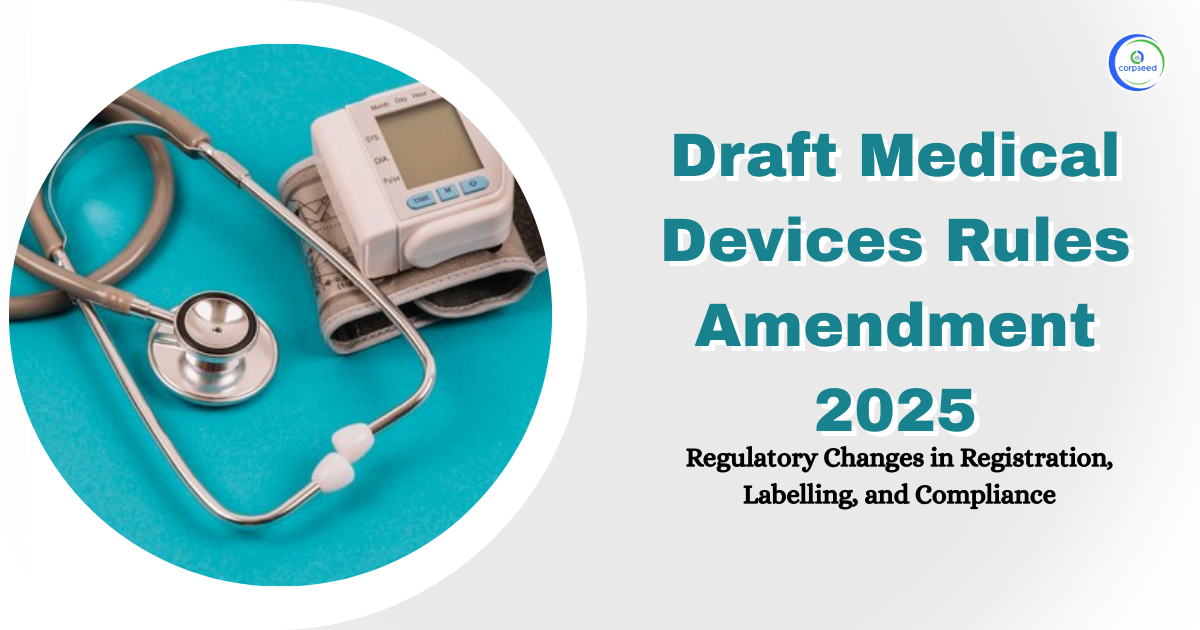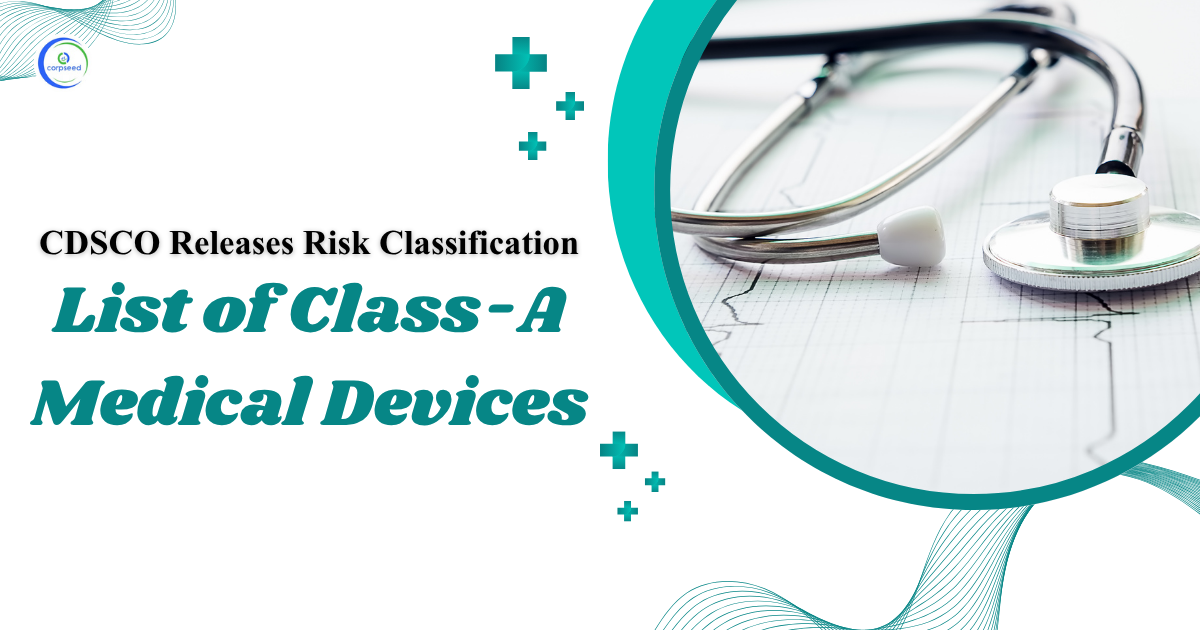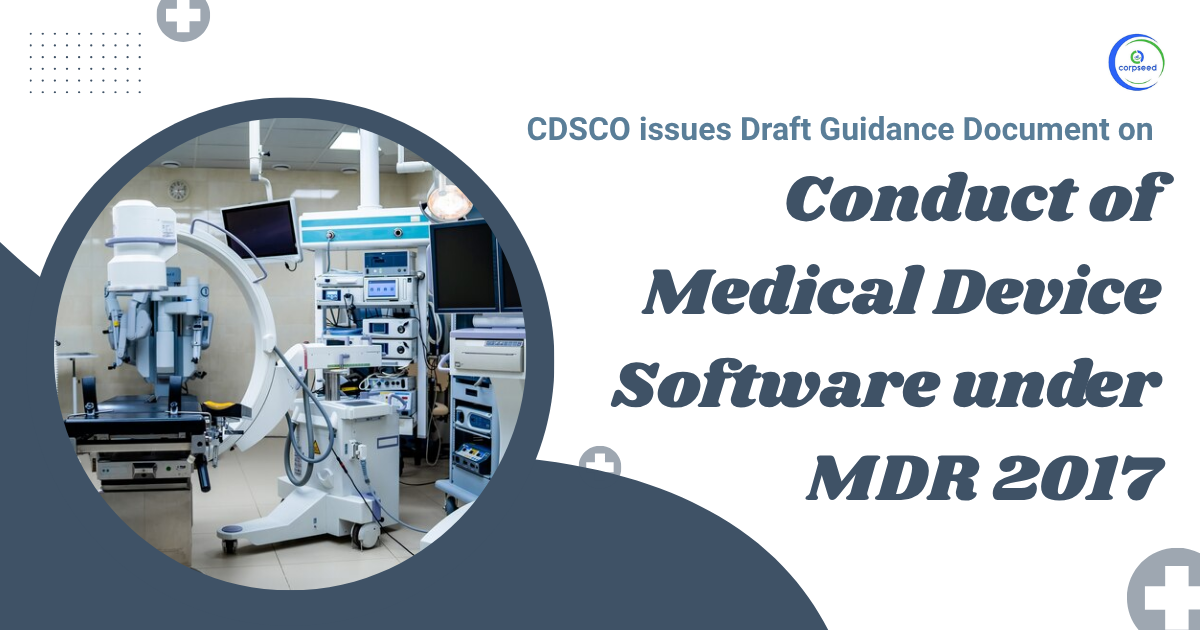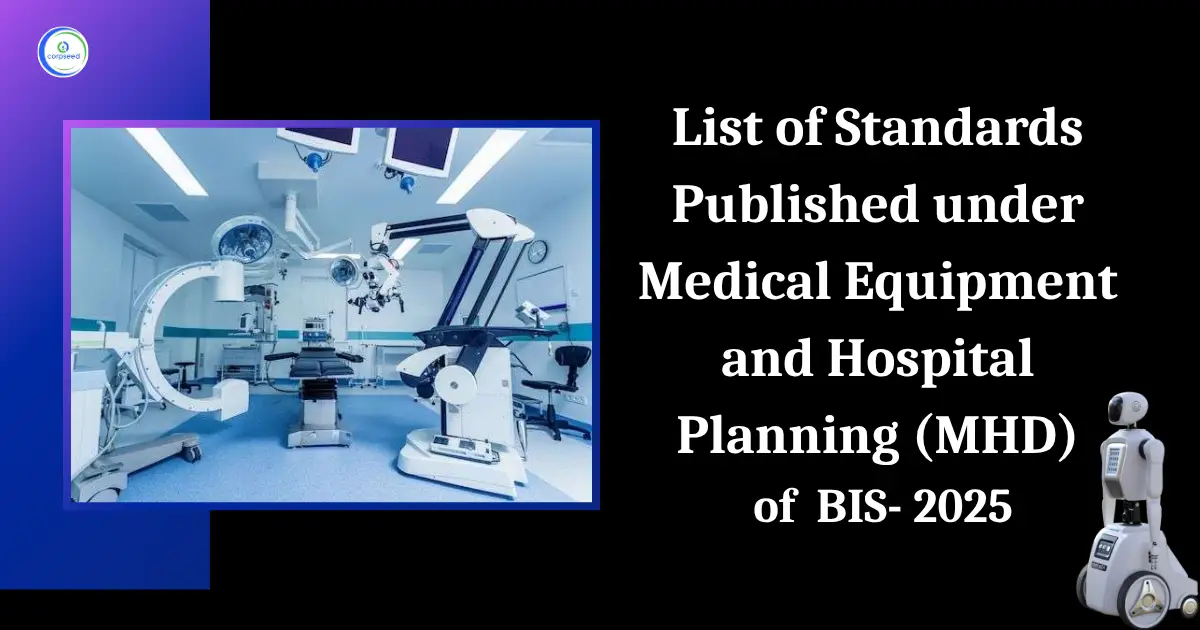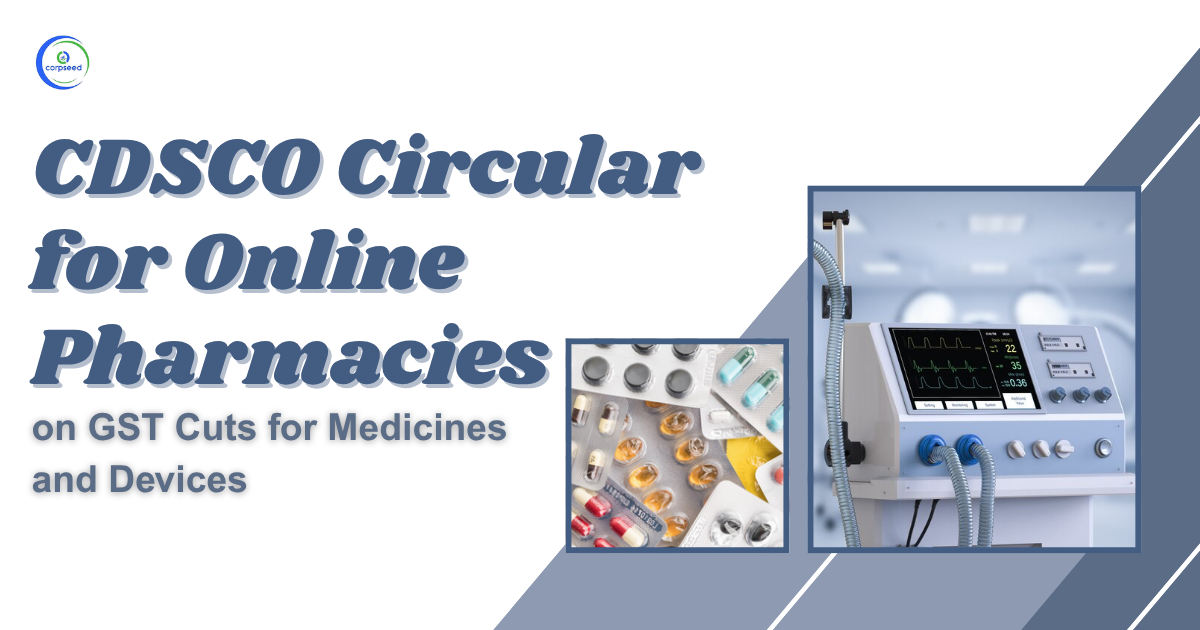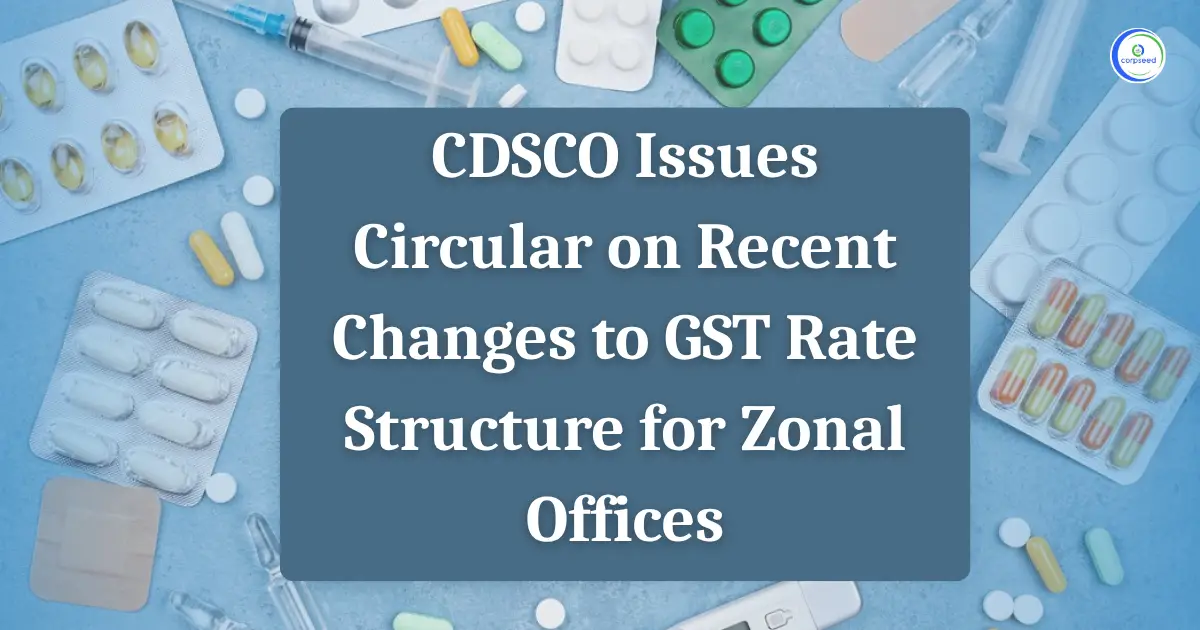A Brief Introduction of Dental
A dentist or dentistry is a physician who treats the problem of a patient’s teeth and gums. The dentist also performs a complete diagnosis of the patient to find the exact teeth or gum problem. A dental clinic provides routine check-ups and cleaning of teeth and gums also. The dentist also performs more detailed procedures e.g. root canals and braces installation. A dental clinic contains all the dental medical facilities as independent and small or medium-scale businesses. They also have complete X-ray machines in the clinics to perform all the extensive orthodontic procedures. Every state mandates that dentists hold a license and a degree from an approved dental institution. Before receiving a full license, dentists must also attend a residency program and gain experience in their field of expertise. A dentist will probably do well if they are passionate about oral health, healthy living, and working closely with patients.
From the 1st of October 2022, the said medical devices having risk classes A and B will be covered under the licensing regime of CDSCO. Once the devices are under the scope of the licensing regime of CDSCO, all the importers and manufacturers of the said devices will have to apply for the license in order to sell their products in Indian Market.
The Dental category consists of a total of 69 medical devices which are classified on the basis of their risk class and intended use. Out of which only class A and class B medical devices will fall under the licensing regime from 1 October 2022. The CDSCO listed medical devices are as below mentioned
| S. No. | Name of Product | Intended Use | Classification as per First Schedule Part 1 MDR 2017 |
| 1 | Agar dental impression material | An impression material containing reversible agar hydrocolloid as a component for gelation. | B |
| 2 | Alginate dental impression material | An impression material containing alginate is the primary component for gelation. | B |
| 3 | Dental collar/crown scissors | Scissors are used to cut delicate tissue to remove sutures to perform precision procedures. | A |
| 4 | Dental excavator, reusable | It is a device intended to cut, clean out and shape a carious cavity before filling it. | A |
| 5 | Dental excavator, single-use | It is a single-use device intended to cut, clean out and shape a carious cavity before filling it. | A |
| 6 | Basic electric toothbrush, line-powered | It uses electric power to move the brush head, normally in an oscillating pattern. | A |
| 7 | Basic manual toothbrush | Intended to clean plaque from teeth and gum. | A |
| 8 | Composite dental impression material | Thermoplastic impression material is used to take an impression of the oral cavity. It is a mixture of natural resin, filler, and lubricant. | B |
| 9 | Dappen dish, reusable | It is a small bowl used to mix and hold dental materials. These dishes can be disposable or reusable. | A |
| 10 | Dappen dish, single-use | A small, shallow concave vessel is used to knead and hold dental materials. | A |
| 11 | Dental examination kit | Intended as a kit for a dental examination. | A |
| 12 | Dental crown, polymer | A device made entirely of polymer-based material with or without fiber reinforcement and created for a specific patient, that functions as an artificial covering to replace the major part, or the whole part, of the clinical crown of a tooth. | B |
| 13 | Dental crown/bridge resin, temporary | A material used to manufacture crowns and bridges. | B |
| 14 | Dental crown/bridge, temporary | Intended to make a temporary crown or bridge prosthesis for use until a permanent restoration is fabricated. | B |
| 15 | Dental material mixing surface, reusable | A dental instrument slab or tray is used as a surface to mix dental materials. | A |
| 16 | Dental material mixing surface, single-use | It has a pad or tray used to knead or mix dental material (impression material, cement, etc). | A |
| 17 | Dental spatula, reusable | A dental instrument is used to mix dental materials. Some are equipped with an injection function. | A |
| 18 | Dental spatula, single-use | A spatula-shaped device is used to knead or mix dental material (impression material, cement, etc). | A |
| 19 | Dental crown, metal/ceramic | A device made of a combination of metal and tooth-colored ceramic, that functions as an artificial covering to replace the major part, or the whole part, of the clinical crown of a tooth. | B |
| 20 | Dental crown, metal/polymer | A device made of metal, veneered with a polymer-based, tooth-colored material, and created for a specific patient, that functions as an artificial covering to replace the major part, or the whole part, of the clinical crown of a tooth. | B |
| 21 | Wax dental impression material | It is used to take an oral impression. Made of wax, some materials are mixed with a resin having a low melting point. | A |
| 22 | Dental impression material kit, reusable | Devices and materials are used to take the impression. | A |
| 23 | Dental impression material kit, single-use | A collection of non-sterile devices designed to obtain a negative imprint of the teeth. The kit typically includes dental impression materials and a dental impression tray(s); This is a single-use device. | A |
| 24 | Dental impression material mixer | An electric device is used to mix impression materials immediately before use on the chair side. | A |
| 25 | Dental impression material syringe | This dental injection syringe is used to inject the impression material onto the impression tray. | A |
| 26 | Dental impression tray material | A material intended to be used to create a custom impression tray intended for filling with dental impression materials; it is not intended for the fabrication of a patient-worn dental appliance. The material is used in cases in which a preformed impression tray is not suitable. | A |
| 27 | Dental impression tray, reusable | An impression tray is a metal or plastic device intended to hold impression material, to make an impression of a patient's teeth to reproduce the structure of a patient's teeth. | A |
| 28 | Dental polishing brush | A rotary dental brush intended for cleaning and polishing by a dental hygienist or a dentist. | A |
| 29 | Dental bone particle collector | A device used to collect bone debris generated by drilling, etc. during oral surgery. | B |
| 30 | Dental bone matrix implant, animal-derived | A sterile bioabsorbable device made primarily of animal-derived bone or dentin matrix (e.g., bovine, porcine) implanted into the body to provide osteoconductive bone-tissue scaffolds to replace maxillofacial and/or mandibular bone lost through trauma or dental surgery. It is used to fill bone cavities and defects and contains pores that promote the ingrowth of endogenous bone for skeletal reconstruction and/or augmentation. | C |
| 31 | Dental suction system | It evacuates solids, liquids, aerosols, and gases from the oral cavity and immediate surrounding area for the purpose of improving operating effectiveness and efficiency during oral treatment procedures and limiting the contamination of the immediate environment. | B |
| 32 | Dental suction system cannula, reusable | A tubal dental device to be connected to a non-active aspiration device (usually, a dentistry-dedicated device). Used to eliminate water and cut debris that has accumulated in the oral cavity. This device is reusable after sterilization. | A |
| 33 | Dental suction system cannula, single-use | A tubal dental device to be connected to a non-active aspiration device (usually, a dentistry-dedicated device). Used to eliminate water and cut debris that has accumulated in the oral cavity. | A |
| 34 | Carboxymethylcellul uses sodium denture adhesive | An adhesive compound composed of carboxymethylcellulose sodium (usually 40 to 100%) is used to stabilize a removable prosthesis in the mouth, particularly a denture, by adhering the prosthesis to the oral mucosa. The compound is typically applied to the base of a denture before it is inserted in the mouth. | C |
| 35 | Carboxymethylcellul ose sodium/polymer denture adhesive, zinc-free | An adhesive compound intended to be used to stabilize a removable prosthesis in the mouth, particularly a denture, by adhering the prosthesis to the oral mucosa. The compound is typically applied to the base of a denture before it is inserted into the mouth. | C |
| 36 | Dental amalgam | A dental restorative material used primarily to fill tooth cavities, prepared by mixing liquid mercury (Hg) with an alloy of fine particles, composed mainly of silver (Ag), tin (Sn), and copper (Cu). | C |
| 37 | Dental amalgam alloy | A composite of metals in fine particles, consisting mainly of silver (Ag), tin (Sn), and small amounts of copper (Cu), that is intended for mixing with mercury (Hg) to produce dental amalgam. Amalgam is a dental restorative material used to fill tooth cavities. | C |
| 38 | Dental amalgam mercury | Elemental mercury (Hg) of high purity is intended for use as a component of dental amalgam in the restoration of a dental cavity or broken tooth. | C |
| 39 | Dental suction system fluid- separation unit | A separator is used in the oral cavity. Used for the separation of fluids (saliva, blood) from gases to avoid liquids from entering the suction pump (i.e., dry suction). | A |
| 40 | Dental suction system pump | An electrically-powered dental suction pump is used as the suction source of a dental suction system, dental treatment unit, etc. | B |
| 41 | Plaster dental impression material | This material is primarily made of calcium sulfate hemihydrate, and is used to take an oral impression. | A |
| 42 | Polyether dental impression material | An elastic material primarily made of polyether, which forms a rubber-like material suitable for taking impressions after the reaction. | B |
| 43 | Polysulfide dental impression material | An elastic material primarily made of polysulfide, which forms a rubber-like material suitable for taking impressions after the reaction. | B |
| 44 | Silicone dental impression material | An elastic material primarily made of polysiloxane, which forms a rubber-like material suitable for taking impressions after the reaction. | B |
| 45 | Temporary mandibular condyle prosthesis | A sterile implantable device intended for the temporary reconstruction of the mandibular condyle of the temporomandibular joint (TMJ) typically in a patient undergoing ablative surgery requiring the removal of the mandibular condyle. | C |
| 46 | Temporomandibular joint disc | A sterile interpositional implant or interarticular disc is intended to permanently interface between the natural mandibular condyle and natural glenoid fossa (mandibular fossa) in the temporomandibular joint (TMJ). | C |
| 47 | Assistive electric toothbrush | It uses electric power to move the brush head, normally in an oscillating pattern. | A |
| 48 | Assistive manual toothbrush, reusable | Used to clean plaque. | A |
| 49 | Assistive manual toothbrush, single-use | Used to clean teeth and gum. | A |
| 50 | Bar dental precision attachment | It connects removable partial dentures to fixed bridgework under a male/female locking mechanism. | A |
| 51 | Basic electric toothbrush, battery-powered | A rotary dental brush is used for cleaning teeth and gum by a person or a dental hygienist. | A |
| 52 | Dental suction system disinfection control unit | An electrically-powered device intended to control the regular (typically daily) automated/semi-automated disinfection of a dental suction system tubing line. | B |
| 53 | Transgingival implant | A sterile device intended to be surgically implanted through the oral mucosa and gingiva to provide support and a means of retention for a dental prosthesis. | C |
| 54 | Zinc polycarboxylate dental cement | A non-sterile substance intended for professional use as a dental cement (e.g., luting agent, liner, base) and/or direct dental restorative material whereby the majority of the setting reaction is based on the hardening reaction between zinc oxide (ZnO) and aqueous solutions of polycarboxylic acid (e.g., polyacrylic acid). | B |
| 55 | Trans mandibular implant | A sterile transosteal (transosseous) device [transmandibular implant (TMI)] intended to be surgically implanted through mandibular bone to provide support and a means of retention for a dental prosthesis, especially in a patient with an extremely atrophied/deformed mandible. | C |
| 56 | Pliable-polymer dental regeneration membrane, bioabsorbable, ligated | A sterile bioabsorbable material intended to be used to aid in the regeneration of tooth support, lost due to periodontal disease or trauma, by acting as a barrier to prevent the down-growth of soft tissue (connective tissue and epithelial cells) into the underlying bone during the healing period. | C |
| 57 | Pliable-polymer dental regeneration membrane, bioabsorbable, tacked | A sterile bioabsorbable material intended to be used to aid in the regeneration of tooth support, lost due to periodontal disease or trauma, by acting as a barrier to prevent the down-growth of soft tissue (connective tissue and epithelial cells) into the underlying bone during the healing period. | C |
| 58 | Dental surgical procedure kit, medicated, reusable | A collection of various dental instruments, dressings, pharmaceuticals, and the necessary materials used to perform a dental surgical procedure. | C |
| 59 | Dental surgical procedure kit, medicated, single-use | A collection of various sterile dental instruments, dressings, pharmaceuticals, and the necessary materials used to perform a dental surgical procedure. | C |
| 60 | Membrane fixation tack, bioabsorbable | A sterile bioabsorbable tack is intended to be used to fix a pliable- polymer dental regeneration membrane in situ to aid in the regeneration of tooth support that has been lost due to periodontal disease or trauma. | C |
| 61 | Periodontal root surface regeneration material | A bioabsorbable material intended to be used alone or in combination with bone graft materials for the regeneration of tooth support that has been lost due to periodontal disease or trauma. It is applied during periodontal flap surgery to the scaled and preconditioned root surface and forms an insoluble matrix that creates a suitable root surface for selective periodontal cell migration and cell attachment, which re-establishes the lost tooth support. | C |
| 62 | Periodontal tissue reconstructive material | A sterile viscous material is intended to be injected into the buccal mucosa to treat deficiencies of the gingiva (e.g., interdental papillae), through augmentation, during the treatment of intermediate-stage periodontal disease. | C |
| 63 | Bone matrix implant, human-derived | A sterile implantable device made primarily of human demineralized bone matrix (DBM) intended to fill bony voids or gaps caused by trauma or surgery, including use in the maxillofacial and/or mandibular bone. | C |
| 64 | Collagen dental regeneration membrane | A sterile, bioabsorbable, animal-derived collagen (e.g., porcine) intended to be used to aid in the regeneration of tooth support, lost due to periodontal disease or trauma, and/or to regenerate bone or bone defects around dental implants and at sites intended for implant placement, by acting as a barrier to prevent the down-growth of soft tissue into the underlying bone during the healing period. | C |
| 65 | Dental cotton roll | It is intended as an absorbent, hard-packed cylinder (a roll) that is used as a saliva absorber from the oral cavity during dental procedures. It may also be used as a packing between the lip/cheek and the gum to give better examination/operative exposure. | A |
| 66 | Dental impression tray, single-use | The device is used mainly to facilitate the manufacturing of custom dental prostheses (e.g., dentures). This is a single-use device. | A |
| 67 | Preformed dental crown, permanent | A prefabricated prosthetic device designed to function as a permanent artificial covering to partially or fully replace the damaged crown of a tooth. It is available as a single prosthesis or multiple prostheses of various shapes and sizes and may include one or more try-in prosthesis replicas and other devices intended to assist the restoration procedure. | B |
Central Drugs Standard Control Organisation
India is growing as one of the nation's leading in the pharmaceutical business and is among the top ten nations in terms of the pharmaceutical industry. Several factors such as the large population, growing health awareness, affordable medical facilities, and better research facilities have given rise to the manufacturing and development of the pharma business in India. However, with the increasing scope for the growth of the pharma industry in India, there are possibilities for the sale/purchase of medical equipment & device illegally or without jurisdiction. Therefore, the Government of India has established the Central Drug Standards Control Organization (CDSCO), which is the primary legislative body and has been responsible for the regulation, control, and management of pharmaceuticals and medical devices in India apart from the appointment of the Drug Controller General of India (DCGI), and has conferred the responsibility of undertaking assessment, approval and regulation of further compliances(import, export, sale, distribution) in the matters of medicinal drugs and medical devices(including any existing or any new) drugs/devices in accordance with the provisions of the Drugs and Cosmetics Act 1940.

What is a Medical Device?
According to the latest definition as provided under the Medical Devices Amendment rules 2020, as notified on 11.02.2020. However, taking care of circumstances the government has exercised its powers to include more categories by widening the scope of the definition of “Medical Device” under the Act. It states-
"Devices used in general medical practice such as medical apparatus, instruments, implants appliance, etc., which are either used individually or in combination, and are intended to be specifically applied for human beings or animals and are further intended to obtain the desired function by such means and for such purposes as provided below, but is not intended to meet the primary intended action on human body or animals by any pharmacological or immunological or metabolic means-
- Analysis, prevention, observing, treatment, or mitigation of any disease or disorder;
- Analysis, observing, treatment, mitigation, or support for any injury or disability;
- Examination, replacement or alteration, or support in findings of the anatomy or a physiological process;
- For supporting or sustaining life;
- Decontamination of medical devices; and
- Conception-related equipment & devices.
Therefore, every manufacturer or importer or both of any medical devices in India shall be required to obtain registration as per the provisions of the Drugs and Cosmetics Act 1940. Any failure to comply with the same may invite legal action including penalty & prosecution under the Act.
Types of Medical Devices in India
Provisions related to the import, manufacture, sale & distribution of medical devices are regulated under the provisions of the drug and cosmetics Act 1945. Under the New Medical Rules 2017, all medical devices have been classified into four different categories depending on their usability & risk involved as provided below.
- Class A: Low-risk devices like a thermometer, tongue depressors, etc.
- Class B: Low moderate risk like Hypodermic Needles, suction equipment, etc.
- Class C: Moderate high-risk devices like Lung ventilators, etc.
- Class D: High-risk devices like Heart valves, implantable devices, etc.
Where Class A & B devices are considered to be less risky and moderate devices, for which the application to manufacture has to be filed to the State Licensing Authority. Whereas Class C &D are considered to be high and very High-risk devices and the application for these has to be filed to the Central Licensing Authority of India.
Eligibility Criteria for Medical Devices Registration/Import
The provisions related to activities such as Import, manufacture, sale and distribution of medical devices have been regulated under the provisions of the Drugs & Cosmetic Act 1940 & Rules 1945. Therefore, any person/firm/enterprise, etc. holding a wholesale drug license and/or manufacturing license issued under the Drugs and Cosmetics Act, 1940 and Rules 1945 could make an application for Registration and import of medical devices into India.
Process & Fee for Medical Devices Registration
Types of Medical Devices Registration
- Registration/Import of any existing medical device;
- Registration /import of any new medical device
Step 1: Determine whether your medical device is under notified list or not
The CDSCO authority has provided a list of notified medical devices that need to compulsorily obtain registration under the Drugs and Cosmetics Act 1940 and in accordance with Medical devices rules 2017. However, there may be any medical devices that have not been expressly notified by the CDSCO authority, or in the case of new medical equipment, the manufacturer/importer shall be required to obtain a NOC in such cases. For instance, Blood Grouping Sera Ligatures, Sutures, Staples Intra-Uterine Devices (Cu-T), Condoms, Tubal Rings, Surgical Dressing, Umbilical Tapes, Blood / Blood Component Bags do not need registration, whereas devices such as spinal needles, cochlear implants, syringes, and needles, heart valves, endotracheal tubes and catheters among others should undergo registration provides with the CDSCO.
Step 1: Appoint an Authorized representative (in case of a Foreign Entity)
For a foreign business manufacturer entity, it shall be necessary to appoint an authorized business entity in India, who shall be the contact person for the inspection authorities during the process, assist in device approvals, and registrations process, and vigilance adverse event reporting. The Indian Authorization should hold a wholesale drug license in forms 20B& 21B.
Step 3: Fill out the application form for Medical Device Registration
In the next step, the manufacturer/importer for MD shall be required to submit the registration form of a regulatory dossier, along with all the prescribed documents along with the prescribed fee on the CDSCO portal to the DGCI (Drugs Controller General of India) by logging on to the online CDSCO portal https://cdsco.gov.in/opencms/opencms/en/Home/ and signing into the portal.
Following forms along with applicable govt. fees have been provided below, which shall be required to be paid through payment challan-
| Applicant Type | Class of MD | Application Form | License Form |
| Importer | A,B,C,D | MD-14 | MD-15 |
| Manufacturer | A B | MD-3 | MD-5 |
| Manufacturer(Loan License) | A B | MD-4 | MD-6 |
| Manufacturer | C, D | MD-7 | MD-9 |
| Manufacturer(Loan License) | C,D | MD-8 | MD-10 |
However, in the case of new equipment or medical device-
| Application Type | Class of MD | Application Form | License Form |
| Importer Clinical Investigation | A,B,C,D | MD-22 | MD-23 |
| Import License | A,B,C,D | MD-26 | MD-27 |
| Test License(for importer) | A,B,C,D | MD-16 | MD-17 |
| Manufacturer (Clinical investigation) | A,B,C,D | MD-22 | MD-23 |
| Manufacturer License | A,B,C,D | MD-26 | MD-27 |
| Test License | A,B,C,D | MD-16 | MD-17 |
Further, each application shall be supported with the list of documents and the requisite fee as provided in the online portal of CDSCO-
| Type of License | Class of Device | Applicable Regulation | Govt. fee |
|
For Manufacturing/Loan License
|
A or B; | 20(2) | Rs. 5000 Rs. 500 |
|
For Manufacturing/Loan License
|
C or D; | 21(2) | Rs. 50,000 Rs. 500 |
|
For Import License(other than IVD)
|
Class A | 34(2) | 1000 Dollar 50 Dollar |
|
Import License(other than IVD)
|
Class B | 34(2) | 2000 Dollar 1000 Dollar |
|
Import License (in IVD)
|
Class A or B | 34(2) | Rs. 1000 Rs. 10 |
|
Import License (other than IVD)
|
Class C or D | 34(2) | 3000 Dollar 1500 Dollar |
|
Import License(in IVD)
|
C or D | 34(2) | 3000 Dollar 500 Dollar |
Step 4: Obtain Certificate of Registration in the Prescribed form
Once the application is submitted on the CDSCO portal, the DGCI registration authority may send a query through an inquiry letter to the manufacturer or from the authorized representative of the importer, along with the timeline within which the query should be answered, and sometimes, may also ask for a technical presentation On satisfaction the authority may issue a license in such form as provided in the above list. After obtaining registration, the manufacturer or his authorized representative may apply for an importer license.
Documents required to be attached
- Form 40
- ISO 13485 certificate
- Full Quality Assurance Certificate
- CE Design Certificate
- Undertaking that all information provided is authentic
- Either a Free Sale Certificate or Certificate from the Foreign Government
- Certificate of Marketability from GHTF (Australia, Canada, Japan, the European Union, and the United States);
- Plant Master Report
- Device Master File
Time Involved &Validity for Registration
If the DGCI doesn’t ask for a Technical Presentation or Subject Expert Committee (SEC) audit, it takes around 6-9 months to obtain a Medical Devices Registration. In cases where Technical Presentation or Subject Expert Committee (SEC) audit, is required, it may take additional 3-6 months.
Once obtained the Registration Certificate shall be valid for a total period of 3 years from the date of issue of registration unless suspended or canceled by the DGCI authority for proper causes.
Re-registration or Renewal of the Registration Certificate
The application for renewal of the MD registration certificate shall be made at least nine months from the expiry of the registration certificate. Though there are no additional requirements for the renewal of registration, it shall be necessary for the certificate holder to provide a copy of the Plant Master File (PMF) and Device Master File (DMF), where there are no changes in the PMF and DMF,
Post-Compliances after receiving registration-
Though there are not many compliances in place about the registration certificate, it shall be compulsory for the certificate holder to-
- In case of any change that has taken place about the constitution of the firm and/or address of the registered office/factory premises, the MD manufacturer/authorized representative of the importer to intimate the licensing authority regarding the same in writing;
- In case any such change has taken place, the existing registration certificate shall be valid for a maximum period of three months from the date on which the change has taken place, and during this time, the manufacturer/authorized representative shall be required to obtain a fresh Registration Certificate;
How to register any new /additional medical device if Medical device registration obtained already?
In case an importer wants to obtain registration for manufacturing of any additional manufacturing device, then such person shall be required to obtain an endorsement to the existing Registration Certificate along with the prescribed documents holding that manufacturing of an additional device is being undertaken in the manufacturing site as provided in the registration certificate along with a fee of 1000 dollars fee for each additional device.
Drug License
A drug license is an official permission granted to individuals or companies that manufacture, distribute, and sell drugs in India. It ensures adherence to the safety and quality standards of the regulatory authorities that ensure public health.
Medical Devices Import/Manufacturing
CDSCO online registration is a process that ensures that all the drugs, medical devices, and cosmetics in the market are safe, reliable, and must have passed quality standards. Importers, manufacturers, and others must register under the CDSCO for a certificate if they are working in this field.
FDA Wholesale License
Obtaining an FDA wholesale license is a must for traders involved in selling or distributing food and medicine in bulk. It assures that safety standards are followed. The license safeguards consumer health and builds trust among them. Owning an official authorization also helps avoid fines or any legal issues. Without a valid FDA license, businesses are not allowed to trade.
This portion of the site is for informational purposes only. The content is not legal advice. The statements and opinions are the expression of author, not corpseed, and have not been evaluated by corpseed for accuracy, completeness, or changes in the law.
BOOK A FREE CONSULTATION
Get help from an experienced legal adviser. Schedule your consultation at a time that works for you and it's absolutely FREE.




